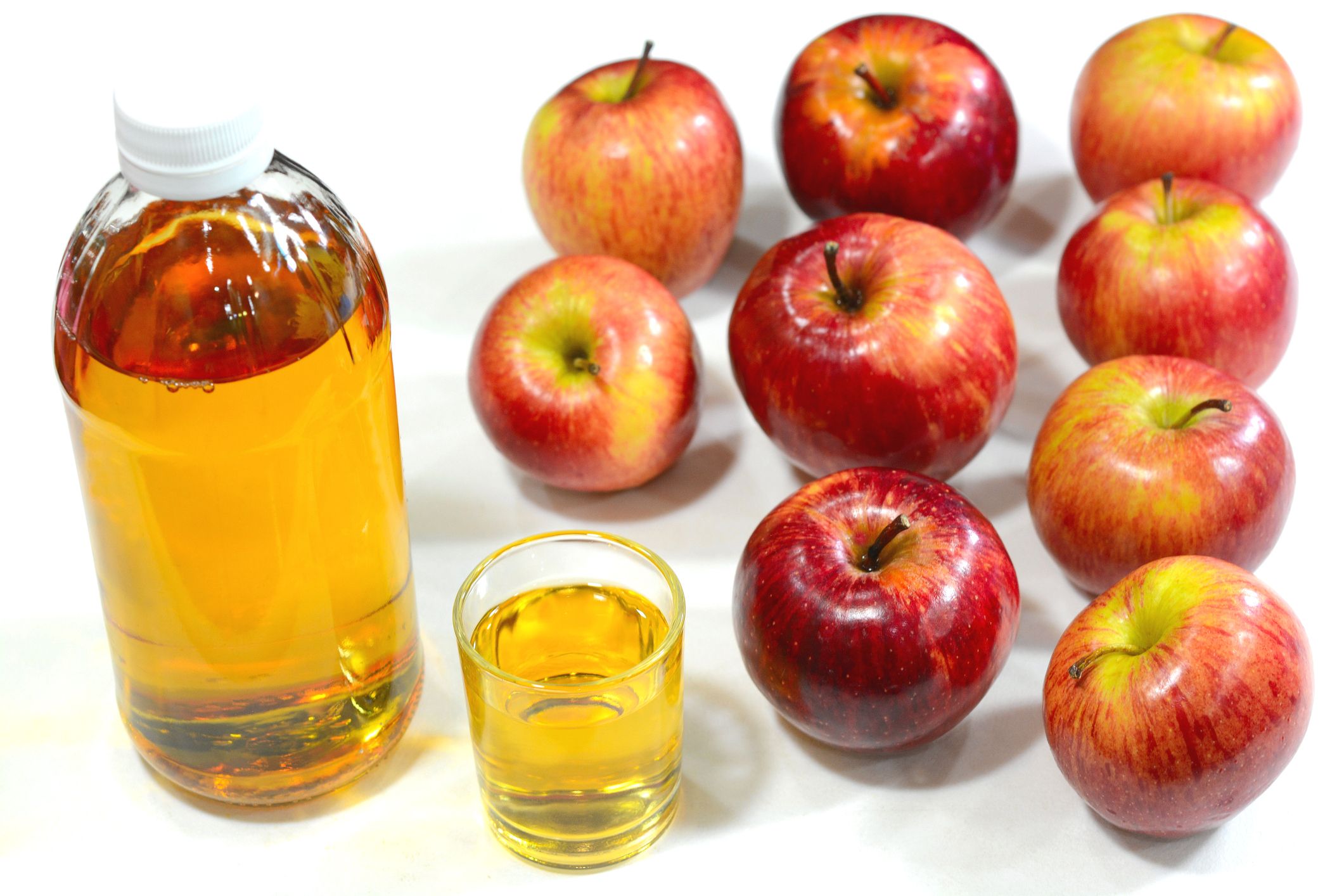

Keep in mind that these efforts will accelerate the ripening process, so this may not be the best method for you if your fruit goes bad too quickly. If you go through fresh groceries quickly, try covering up the fruit that stays on the countertop with a glass dome or a paper bag. To avoid bringing the flies into your home, make sure to wash your produce as soon as you return from the store.
/what-is-a-fruit-fly-2656677-hero-ec0c068408644cd8805b78f5ca618b08.jpg)
#How to get rid of fruit flies pro#
Pro tip : try pouring boiling white vinegar down the drain for a quick and easy cleanse. Take out the trash frequently, and keep the kitchen sink, countertops, and garbage disposal clean. They’re drawn to exposed food like we’re drawn to a scented candle, so be sure to throw away all food scraps and wrappers as soon as you’re done with them. Fortunately for us, fruit flies and humans have very different tastes in home decor. The best way to keep fruit flies out is by making your home unattractive to them in the first place. Once they’re in, it can be tricky to get them out, so prevention is key.

Once inside, they’ll follow the scent of fermentation and settle down in fruit bowls, drains, trash cans, damp corners, or anywhere that they can find old food. They often sneak into your home by hitching a ride on your fresh produce from the grocery store. They prefer to lay their eggs on the surface of organic materials, with fruit as their top choice, so the larvae have a meal once they hatch. They thrive on any damp, fermenting substance - spilled drinks, kitchen crumbs, or moist rags are often responsible for a swarm. It’s no surprise that a fruit fly’s favorite meal is overripe fruit, but that’s not the only thing on their menu. One week later, they’ll be mature adults, reproducing and continuing the cycle for up to a month following. A single female can lay up to 500 eggs at once, which often hatch in as little as 30 hours. This noise is much softer than the high-pitched whine of a gnat or mosquito.Īs soon as you see a fruit fly, take action - they multiply fast. At close range, you may be able to hear the quiet humming sound that their wings make. While the two are often confused, gnats possess long, spindly legs and an elongated mosquito-like body.įruit flies tend to congregate around trash cans, fruit bowls, and drains, though they don’t shy away from your face or food. Unlike gnats, fruit flies have a rounder shape, similar to that of a miniature house fly. These insects measure around ⅛ inch, similar to the length of the top of a cotton swab.
#How to get rid of fruit flies how to#
So, how do you know if you have a fruit fly situation on your hands? How to Identify Fruit Fliesįruit flies, or Drosophila melanogaster, are small, winged insects with tan fronts, black abdomens, and red eyes. However, knowing exactly what type of insect you’re dealing with allows you to choose the right extermination strategy the first time. At first glance, many species of small insects look similar. When dealing with any kind of pest, it’s important to become familiar with your enemy. To help you enjoy this upcoming harvest season fly-free, we’re sharing everything we know about fruit flies, including how to address them and ways to rid them for good. While fruit flies are not the most damaging insect our pest control specialists have tackled, they may be one of the most irritating. Just when you think you’ve won the battle, you find more flies surrounding your new bananas or glass of wine. If you’ve ever dealt with these unwanted invaders, you know that getting rid of them is easier said than done. Fruit flies thrive in the late summer and early fall, feasting on overripe produce and circulating in search of new kitchens to raid. Unfortunately, the abundance of organic material makes this a prime time of year for fruit fly infestations. Late summer in South Carolina: flower petals line the sidewalks, farmer’s markets are stocked with fresh fruits and vegetables, and food truck festivals arise in the parks every weekend.


 0 kommentar(er)
0 kommentar(er)
